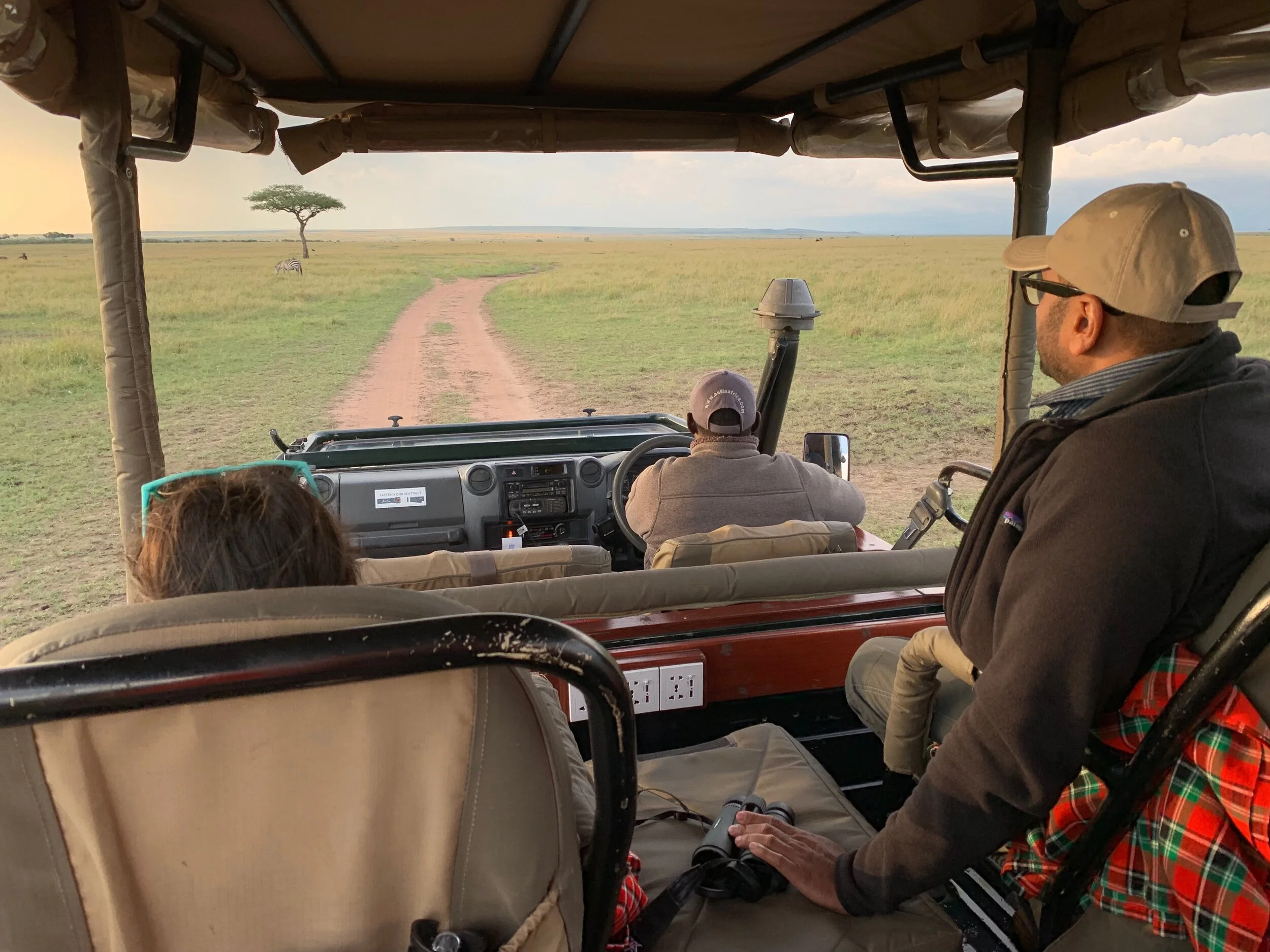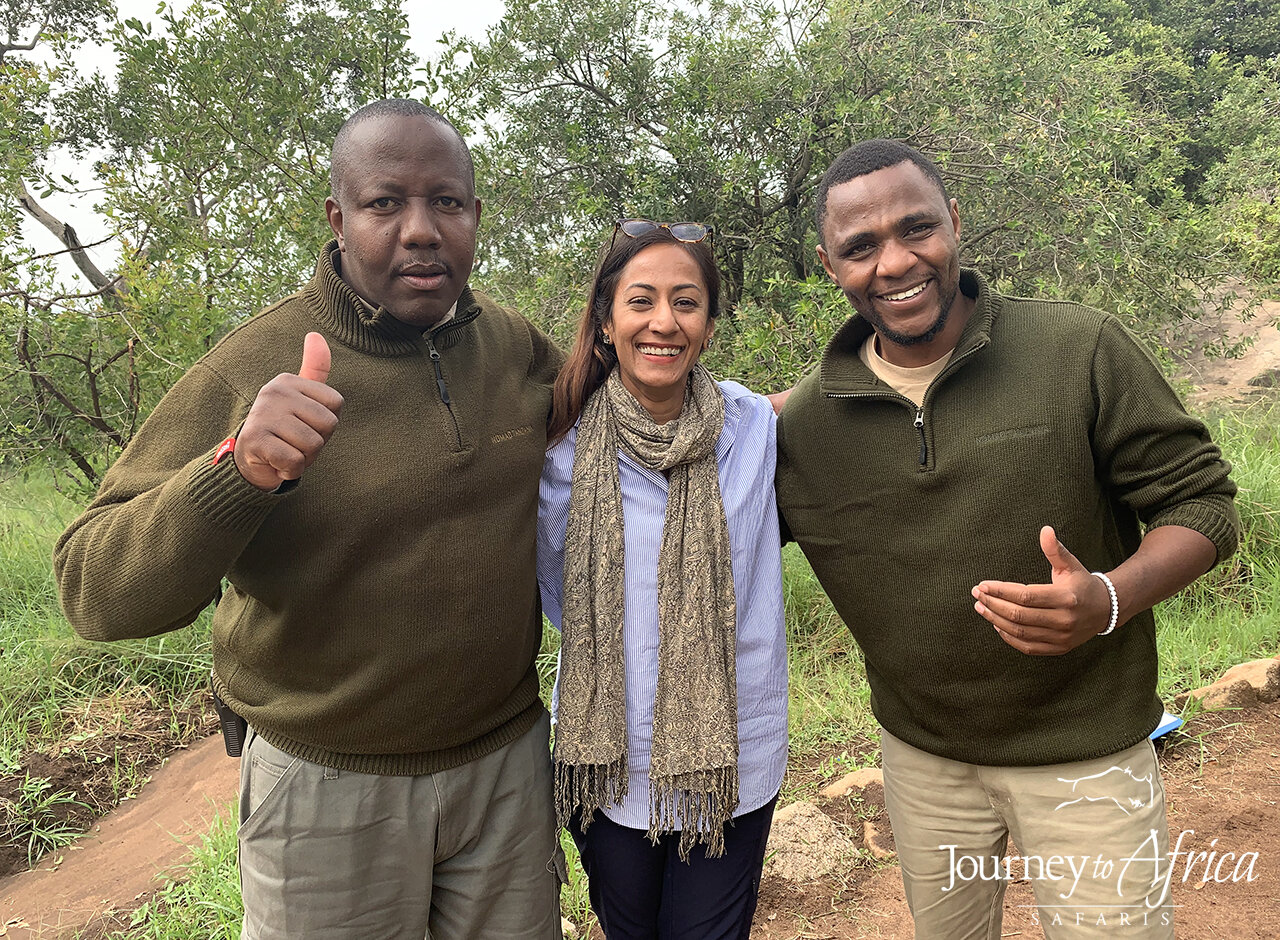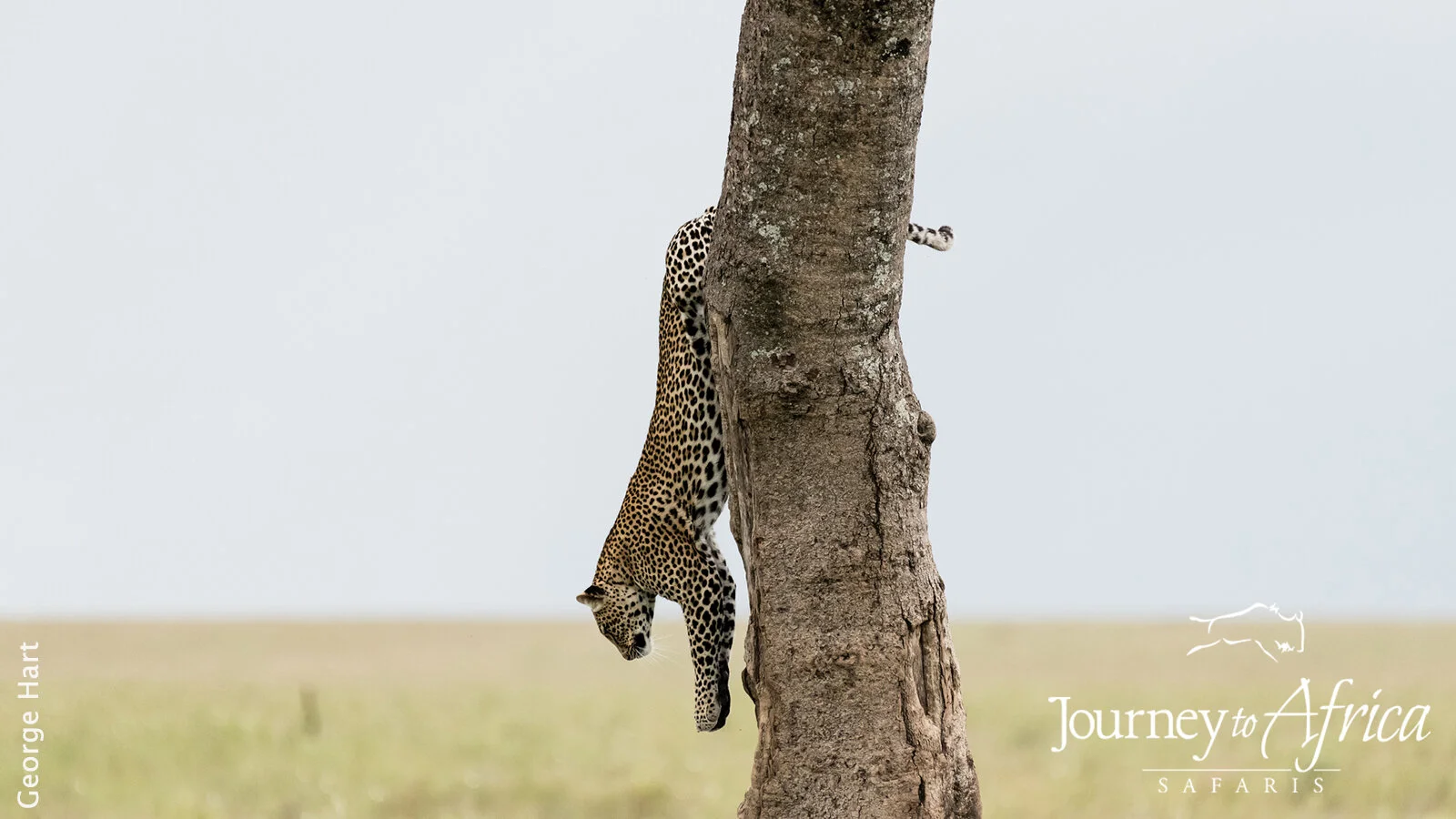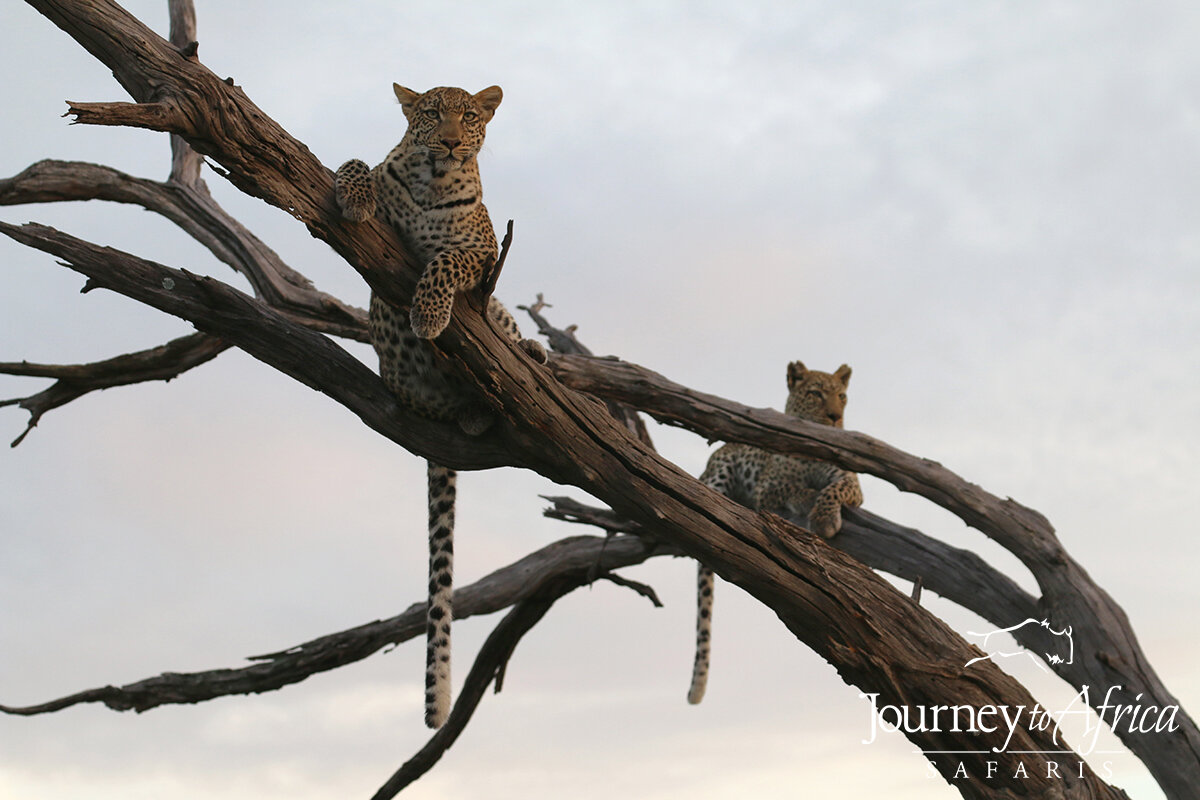Northern Kenya is the epitome of rugged and raw Africa. It's vast and beautiful with dramatic views of plains, mountain ranges, meandering rivers and dry river beds. It is truly enchanting.
Northern Kenya is my favourite place to go on Safari and I have been on many trips up to the rugged wilderness of Laikipia, Samburu and beyond. Often overshadowed by the Masai Mara and Northern Tanzania’s Safari Circuit, Northern Kenya’s Safari scene is under-explored, exclusive and utterly stunning. The charm of Northern Kenya’s Safari scene is that it is largely made up of community run Wildlife Conservancies, Ranches and Private Game Reserves. This means that as opposed to National Parks where night game drives and other activities are somewhat limited, many of these conservancies allow better activities for families and those seeking more active adventure.
Here is a round up of my Top 5 luxury Safari Lodges in Laikipia, Samburu and the surrounding wilderness. These are places I have been to back when I was a child on Family Safaris and recently as an adult so you can get the real low down for both you and your children on the best Safari Lodges for a Family Safari.
Sosian Lodge, Laikipia
Sosian is a functioning cattle ranch, and wildlife conservancy giving it a unique ranch house meets luxury Safari feel. As a conservation area for over 70 mammals from big cats such as lions and leopard to huge herds of elephant, you are guaranteed great game viewing. Being in Laikipia means you will see an abundance of rare species from the Grevy’s Zebra (much more beautiful than their common Zebra cousins you will find in the Masai Mara!) to reticulated giraffe (arguably the prettiest of the giraffe species, but thats just my opinion..)
If you have children, a Safari at Sosian will mean constant entertainment and fun for the kids (and adults!). From heading out to view wildlife on horseback, camping under the stars, hikes and walks, to fishing, kayaking and swimming in the nearby river and waterfall. You can also experience the surroundings from the back of a camel. Camels are and have been a very important part of Northern Pastoralist’s livelihoods, so up North, regardless of which of these stunning lodges you choose, you’re likely to have the option to hop on the back of a camel at some point! Having grown up in Kenya, I was lucky enough to go on a 7 day Camel Trekking Safari up in Northern Kenya and it’s still one of my fondest Safari memories to date!
Borana Lodge, Laikipia
Right in the middle of Borana Wildlife Conservancy, overlooking the hyena dam which attracts an abundance of wildlife sits the breathtaking Borana Lodge. Views of Mount Kenya’s snowy peaks, the Northern plains and mountains beyond is breathtaking. As a private owned Conservancy, you are guaranteed an exclusive, intimate Safari Experience where you can experience the surroundings on horseback, traditional game drives, guided walks, or even on a mountain bike! The swimming pool kept me very entertained as a child, as did a swim in the nearby waterfalls!
You will most likely share a Family Cottage, with 2 conjoining rooms. Perfect for privacy but still having the kids under the same roof. Another reason Borana has made it onto this list! The activities, luxurious intimate feeling of the lodge that is so beautifully designed makes this a top Family Safari destination. Can’t recommend it enough for a wild and wacky Family Safari in one of the most beautiful regions in Northern Kenya.
SARARA, Namunyak conservancy
Further North, situated on Namunyak Community Conservancy is the stunning luxury tented lodge, Sarara. Only 6 tented rooms give this place an exclusive feel, much like all the lodges on this list! The best bit has got to be the infinity pool that looks out over the Conservancy and towards the dramatic Matthews Range. The lodge’s watering hole just below attracts wildlife throughout the day so you can expect to be watching elephants drinking close by as you cool off in the pool - it doesn’t get much better than that..
Namunyak was once devoid of wildlife, but the local Samburu community have worked together to restore this beautiful part of the world into a flourishing wildlife conservancy that now holds Kenya’s 2nd largest elephant population and on of the largest populations of the rare reticulated Giraffe.
Your days will be spent on game drives with your Samburu guide, and if you’re feeling adventurous head out on foot! One of the best experiences from Sarara is a trip to the Reteti Elephant Orphanage a community run orphanage and rescue unit for elephants and other young animals in the area. You’'ll watch them get fed, and perhaps even get to feed some of the calves yourself! Its a magical experience. Whatever you get up to, Sarara is the perfect place for the Family to have a truly off the grid, remote, luxury Safari Experience.
Ol Pejita Bush camp, Laikipia
I’m sure you’ve heard of Ol Pejita Conservancy as it is home to the world’s last two Northern White Rhino as well as other endangered species that are constantly monitored and guarded by Rangers. The rest of the conservancy is teeming with game and the activities here are endless and perfect for families.
Oj Pejita Bush Camp run by Asilia, trusty partners of Journey to Africa is situated peacefully beside the Ewaso Nyiro River. A classic luxury Safari Camp made up of seven comfortable, homely canvas tents and a beautifully simple lounge area. From here you can enjoy game drives, bush walks, visit the sanctuary and meet the Rhinos, and even take part in conservation efforts such as Lion tracking. They even have a Junior Ranger Programme to keep the kids busy and thoroughly entertained during their Safari. In terms of Safari activities, Ol Pejita probably comes out on top, but its definitely not as remote and exclusive as the other conservancies on this list. For those who want maximum activities and excellent game viewing, this is your go to.
Lewa Safari Camp
Lewa Conservancy is another special place for the conservation of Rhinos, and the protection of an array of wildlife. Probably best known as the backdrop of Prince William’s proposal to Kate Middleton, you can imagine its got to be pretty special!
This has made it to the list for its array of activities for adults and children alike and its stunning backdrop. Much like Ol Pejita, but perhaps with a more exclusive, remote feel. The Lodge itself by Elewana Collection has 11 tents, including 2 Family Suites, a cosy lounge area perfect for relaxing after a day exploring the conservancy by game drive, guided walks, or even on the back of a camel. As you can tell by now, Safaris up North go beyond the classic game drives you get elsewhere, and you will always have the option to be more adventurous. The pool is perfect for the hot dry climate of the Laikipia plains, and the cosy lounge area and fireplace for the colder, clear nights of the North.
Your Safari starts here, let’s chat and start planning your Journey To Africa Safari.
We personalize each and every Safari to you, your taste, and what you want to get from your unique Journey to Africa Safari. Email me here, or leave a message below and we can start the exciting process of choosing your destinations, accommodation and everything in between.































